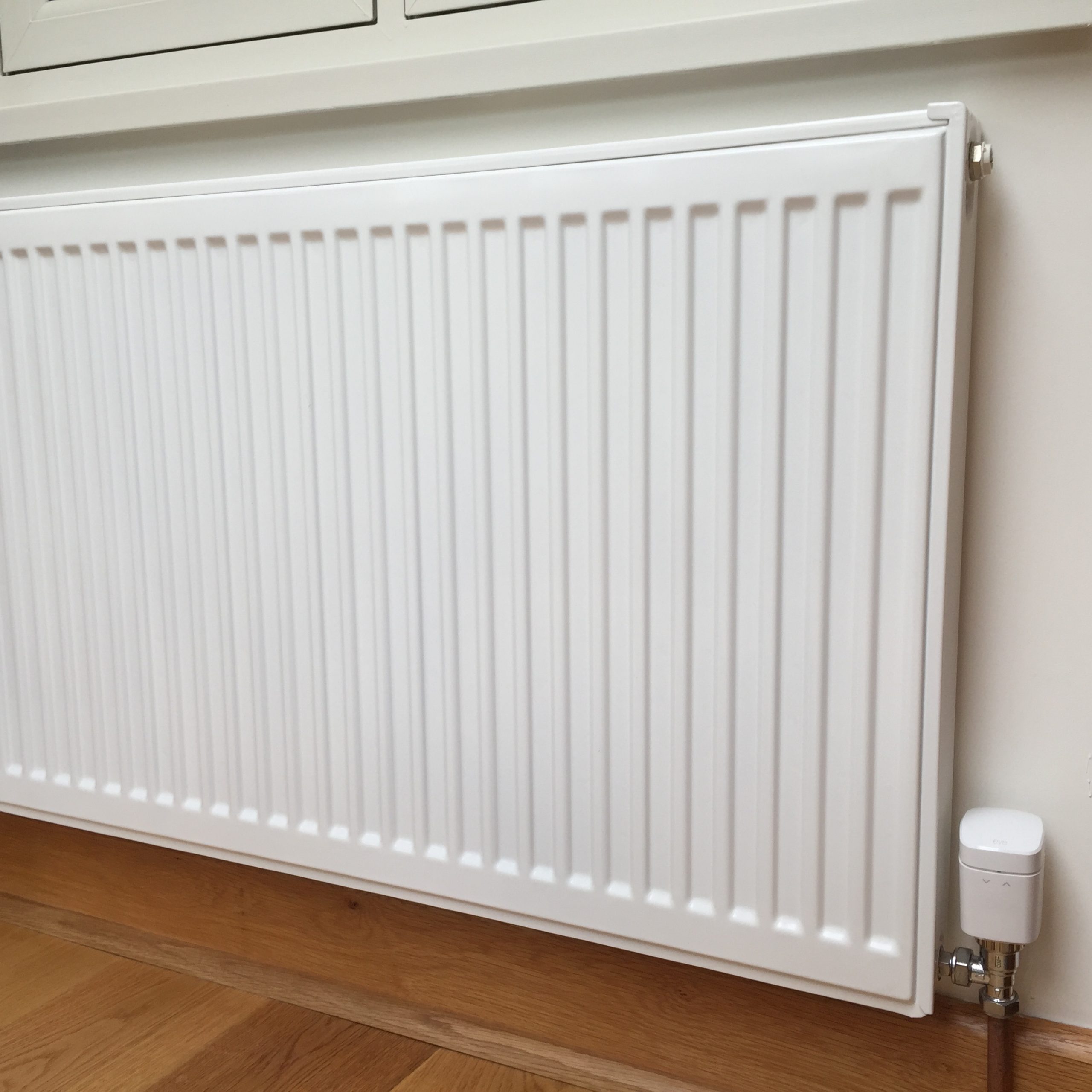My personal threshold for when ambient outdoor temperatures start to go cold is 11C. Over the course of its first six months our air source heat pump has not had to work very hard. As we hit October, the average temperature has dropped to around 11C and it’s a good time to evaluate how the pump is performing.
Looking at the numbers from our metres over the past 24 hours, which has been cold and wet, we can start etching a good performance picture. We produced 80kW worth of heat using 30kW of electricity: a 2.66 coefficient of performance.
Our total electricity consumption for the 24 hours was 39kW, and we generated 8.3kW worth of solar polar.
As an average, that means we’ll be in the region of consuming 900kW worth of electricity for heating in October, which equates to roughly £130 for heating. This time last year, we got through about £250 worth of diesel, so year-on-year, we’ve registered our first saving.
More importantly than the saving itself, we are running our property much warmer than we were on oil. So, when we had the oil boiler working, we were heating the bedrooms at night, living area during the day and TV room in the evenings. Now, with the air source heating and the assortment of smart TRVs and thermostats, the house is being heated 24/7 to a set temperature in every room throughout the house with no portion of the house dropping below 19C.
Essentially, we are now paying less for heating, and heating more of the house more of the time, which is great and works for us.
As with this entire process, we will continue to monitor our heating performance. At this stage, we have no intention of changing our heating schedules, so it’ll be very interesting to see if we start to require a lot more electricity to heat the house in December and January when we approach the 0C mark.
Air source heat pump offer
If you’re interested in an air source heat pump from Global Energy Systems, you can use this code when you contact them and you’ll get £200 off your installation: GESRFAF000160
